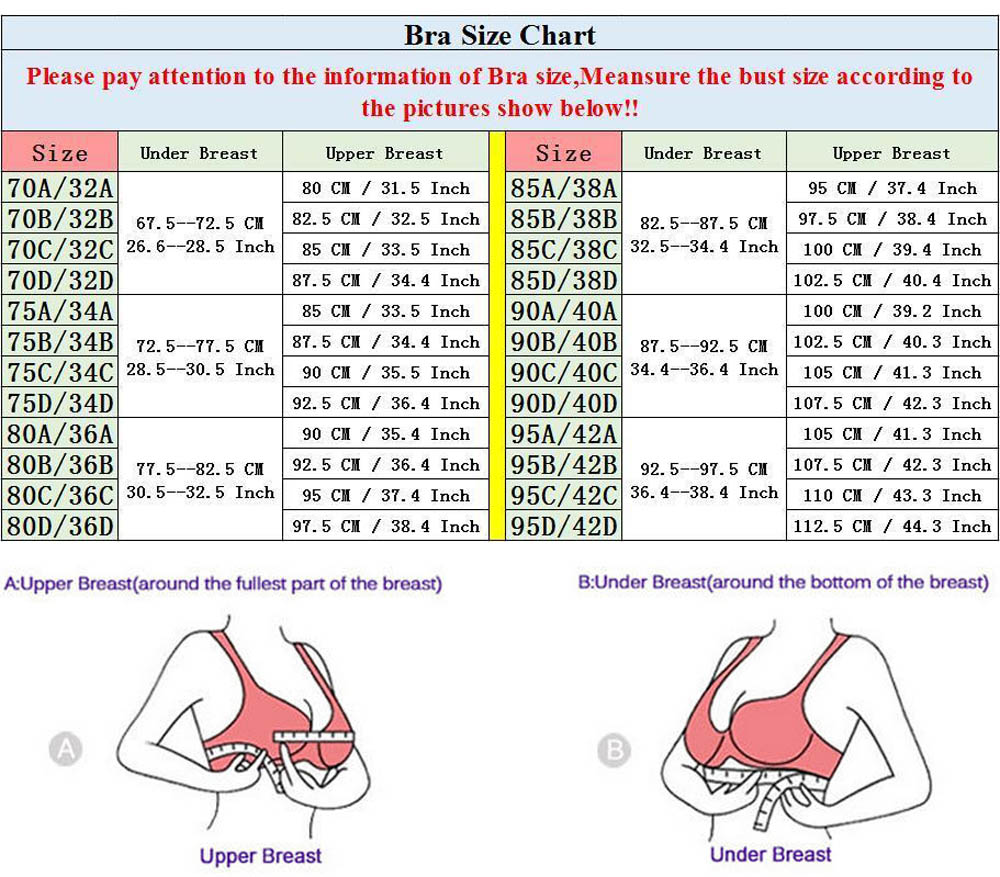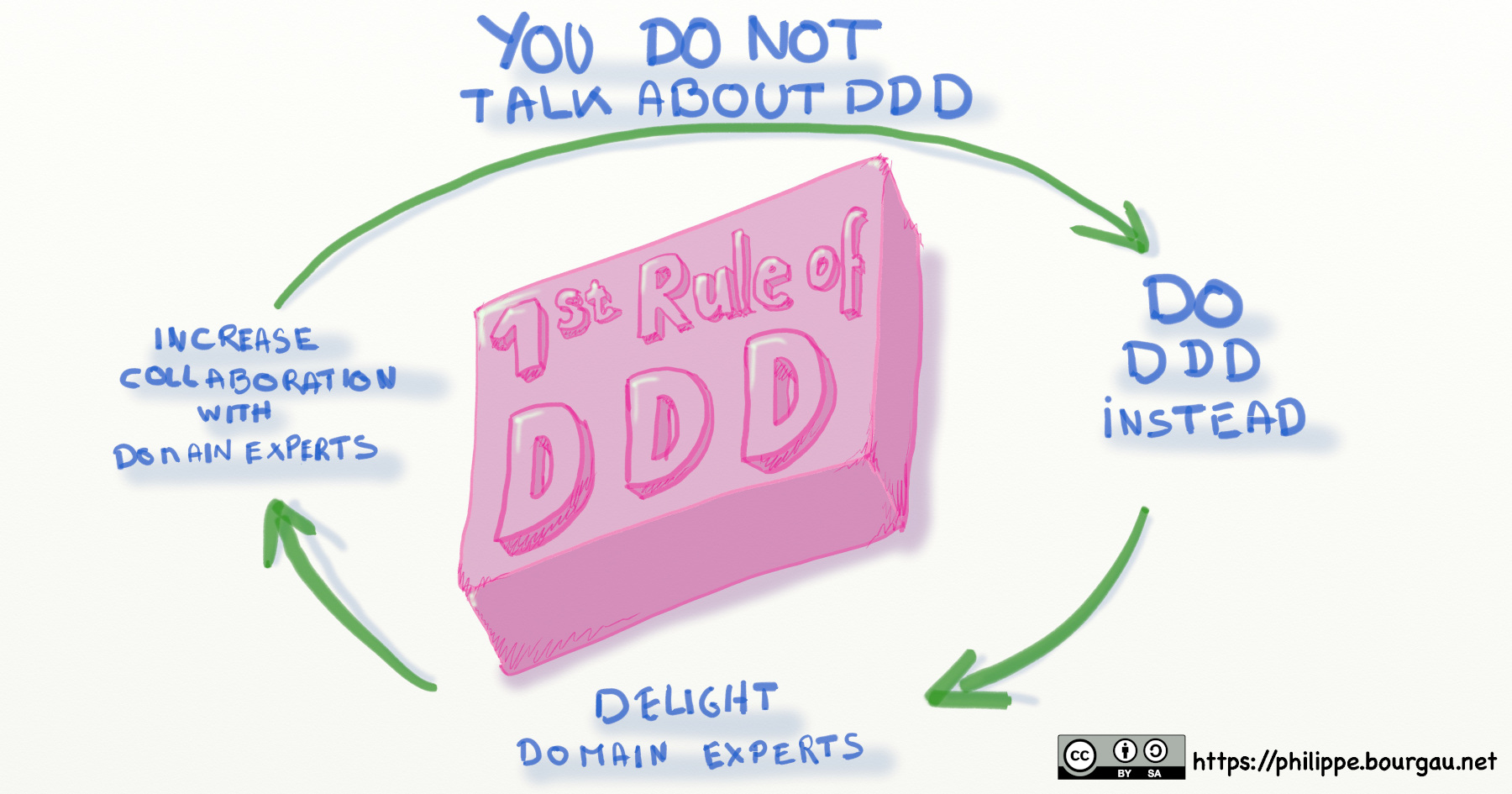You’re probably wondering, “What on earth is DDD and F?”. Well, hold on to your hats, because we’re about to dive into the fascinating world of software development. It all started when I was working on a complex project, grappling with tangled code and ever-changing requirements. I felt like I was navigating a labyrinth, desperately seeking a way to bring order to the chaos. Then, I stumbled upon Domain-Driven Design (DDD) and Functional Programming (FP), and my perspective completely shifted. It felt like I had finally found the key to unlock a world of maintainable, scalable, and elegant code.

Image: mavink.com
These two concepts, while seemingly different, share a surprisingly deep connection. They both aim to simplify complex systems, but through distinct approaches. DDD focuses on the domain itself, essentially modelling the real-world problem in software. On the other hand, FP focuses on functions, treating them as building blocks for more complex logic. While they may have different focuses, their common goal of building robust, understandable software makes them natural allies, each complementing the other.
Understanding the Fundamentals of DDD and FP
Domain-Driven Design (DDD): Bridging the Gap Between Business and Code
Imagine a scenario where you’re building a software system for an online bookstore. You need to represent concepts like books, authors, customers, orders, and so on. This is where DDD comes in. It helps you capture the essence of your domain, the business world you’re trying to model in software, by using a shared language between developers and domain experts. This shared vocabulary ensures that everyone involved in the project understands the same thing, reducing misinterpretations and ensuring smoother communication.
DDD employs various strategies to achieve this, including:
- Bounded Contexts: Dividing the system into smaller, manageable units, each representing a specific part of the domain.
- Ubiquitous Language: Using a common language for both developers and business experts to ensure everyone is on the same page.
- Aggregates: Grouping related objects together to form a cohesive unit, simplifying management and maintaining consistency.
- Value Objects: Representing data that doesn’t have an identity but is defined by its attributes, like an address or a phone number.
Functional Programming (FP): A Paradigm Shift in Software Development
Now, let’s take a step back and look at FP. It’s a way of thinking about code that emphasizes functions as the core building blocks. It emphasizes the “what” over the “how,” focusing on declarative code that clearly expresses the desired outcome rather than the specific steps to achieve it. Here’s what makes FP so powerful:
- Immutability: Data cannot be modified directly, preventing side effects and ensuring predictable behavior. This also plays a crucial role in concurrency and parallel programming.
- Pure Functions: Functions that always return the same output for the same input, making them easy to test, reason about, and reuse.
- Higher-Order Functions: Functions that take functions as arguments or return functions, enabling powerful abstraction and code reusability.
- Recursion: Defining a function in terms of itself, providing a concise way to handle repetitive operations.

Image: philippe.bourgau.net
The Synergy of DDD and FP
While DDD focuses on representing the domain, FP helps in building robust, maintainable code. By combining both approaches, we can create software systems that are both expressive and agile. Let’s see how these two forces work together:
- Encapsulation and Abstraction: DDD’s bounded contexts and aggregates can be beautifully aligned with FP’s use of higher-order functions and recursion. This allows for creating concise, modular code that encapsulates complex logic without cluttering the main codebase.
- Immutable Data and Domain Objects: By applying FP’s philosophy of immutability, you can create domain objects that remain consistent and predictable. This aligns wonderfully with DDD’s focus on maintaining data integrity and ensuring that changes to objects are controlled and transparent.
- Testing and Maintainability: FP’s emphasis on pure functions makes testing incredibly easier. You can isolatedly test individual functions, ensuring that they behave as expected without worrying about external dependencies. Combined with DDD’s focused domain model, this significantly improves the maintainability of your code base.
- Enhanced Readability and Understandability: Both DDD’s focus on domain language and FP’s emphasis on clear, declarative code contribute to creating code that is easier to read and understand. This is vital for collaboration and long-term maintainability, ensuring that new developers can quickly grasp the code’s purpose and functionality.
The Future of DDD and FP
The adoption of DDD and FP is on the rise as developers seek to create more robust, adaptable, and maintainable software. With the ever-growing complexity of modern applications, these approaches are proving their worth in various domains. Here are some key trends:
- **Microservices:** DDD’s focus on bounded contexts aligns perfectly with the concept of building independent microservices. FP’s principles aid in creating highly modular and reusable components for these microservices.
- **Cloud-Native Development:** Immutability within FP is crucial in cloud environments, where state management and consistency are essential. DDD’s focus on modeling the domain helps in translating real-world complexities of cloud infrastructure into effective software solutions.
- **Data-Driven Applications:** FP’s ability to manipulate data efficiently and DDD’s focus on modeling domain objects combine to empower the development of sophisticated data-driven applications.
Tips and Expert Advice
Here are some tips from my experience in applying both DDD and FP to real-world projects:
- Start Small: Don’t try to implement everything at once. Start with a small, focused part of the domain and experiment with both DDD and FP principles. gradually expanding as you gain confidence.
- Collaborate with Domain Experts: Engage with business stakeholders to understand the domain thoroughly. A shared understanding ensures that you’re building accurate and relevant solutions.
- Focus on Behaviour: When designing your domain objects, think about their behavior and responsibilities. This will guide you in creating well-defined interfaces and interactions.
- Embrace Immutability: Embrace immutability as a core principle. It may seem counterintuitive at first, but it will pay off in the long run by simplifying code and making it more reliable.
- Choose the Right Tools: Explore languages and libraries that support both DDD and FP. Many modern languages like Java, Python, and Scala offer features that make these approaches easier to apply.
By incorporating these principles, you’ll be well on your way to crafting software that is both elegant and effective.
FAQ
Q: What are some real-world examples of DDD and FP in action?
A: Companies like Amazon, Netflix, and Spotify are known to leverage DDD and FP principles in their complex systems. DDD helps in structuring their massive codebases, while FP allows them to handle high-volume data processing and concurrency efficiently.
Q: Should I use DDD and FP for every project?
A: While these approaches are powerful, they’re not a one-size-fits-all solution. Consider the project’s complexity, team size, and constraints.
Q: Are there any trade-offs involved in using DDD and FP?
A: Yes, there are. DDD can sometimes lead to complex object models and lengthy code. FP, while often leading to more maintainable code, may require learning a new paradigm.
Are Ddd And F The Same
Conclusion
Ultimately, the choice between these approaches depends on your specific needs and context. But understanding the power of both DDD and FP is essential in today’s software development landscape
Are you interested in using DDD and FP to build better software? Share your thoughts and experiences in the comments below!






